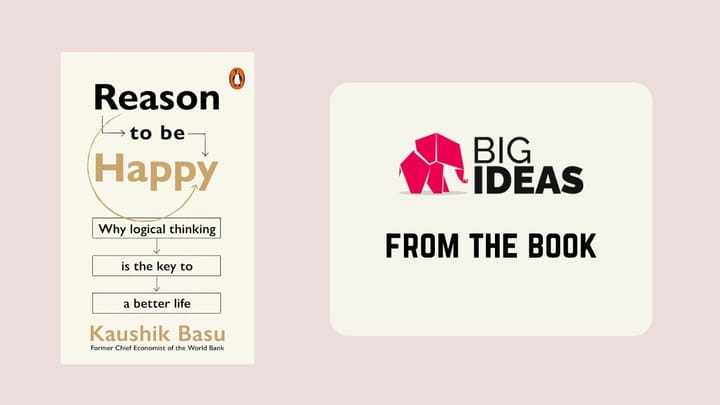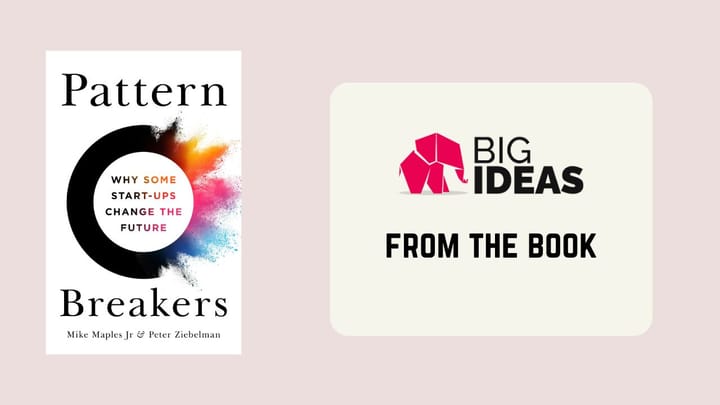Hyperfocus: How to Work Less to Achieve More – Chris Bailey

The Flow state.
Why Focus Matters
Studies show we can work for an average of just forty seconds in front of a computer before we’re either distracted or interrupted. (Needless to say, we do our best work when we attend to a task for a lot longer than forty seconds.)
We are all distracted by something else all the time. Being busy and being productive are two different things. The first thing lacking is focus, which makes the work productive.
Collecting Dots
As a rule, we should:
- consume more useful information, especially when we have the energy to process something denser;
- consume balanced information when we have less energy;
- consume entertaining information with intention or when we’re running low on energy and need to recharge; and
- consume less trashy information.
To connect dots more easily:
- Scatter your attention in a richer environment. — You can also use cues to capture everything you need to get done.
- Write out the problems you’re trying to crack.
- Sleep on a problem.
- Step back.
- Intentionally leave tasks unfinished.
- Consume more valuable dots.
It’s not that I’m so smart; it’s just that I stay with problems longer.
Multitasking: When is it possible?
- A few small habitual tasks. – listing music and running or cleaning home etc.
- A task that needs most of our focus, as well as, a habitual task. – listening to a podcast or audiobook while doing maintenance tasks, or playing a simple, repetitive video game on a phone while listening to an audiobook.
Except these we should never try to multitask. Then we only switch task rapidly which creates attention residue, for that it takes 50% more time for the next task.
Switching Off The Autopilot Mode
As many as 40 % of our actions are habits, which shouldn’t require conscious deliberation. That is autopilot mode. We can’t manage our attention in autopilot mode.
To switch off autopilot mode –
Just keep a plan what to do, when to do, and how much time will take to do.
Categorize all of your tasks in the above 4 types.
A perfectly productive person would focus on only the top two quadrants of the above chart. More time on purpose full work, less time on necessary work.
Hyper Focus Ritual
To hyperfocus,
- Choose a productive or meaningful object of attention;
- Eliminate as many external and internal distractions as you can;
- Set a timer
- Focus on that chosen object of attention;
- Continually draw your focus back to that one object of attention.
When we should hyperfocus –
- Whenever we can
- Around the constraints of our work.
- When we need to work on a complex task.
Recharging With Intention
Here are a few other break activities that may help
- Going on a nature walk.
- Running outside or visiting the gym at work (if your company has one) or offsite
- Meditating (especially if your office has a relaxation room)
- Reading something fun and not work-related
- Listening to music, a podcast, or an audiobook
- Spending time with coworkers or friends
- Investing time in a creative hobby like painting, woodworking, or photography
Without selective interest, the experience is utter chaos.
Limits Of Your Attention
Our brain receives 11 million “bits” of information in the form of sensory experiences each second. But how many of these eleven million bits can our minds consciously process and focus on at once? just forty of them. not forty million or forty thousand, but forty.
Our attention space is like the RAM of any computer device.
Meta-awareness: Becoming aware of what you’re thinking about It will help clear our RAM and boost our productivity.



Comments ()